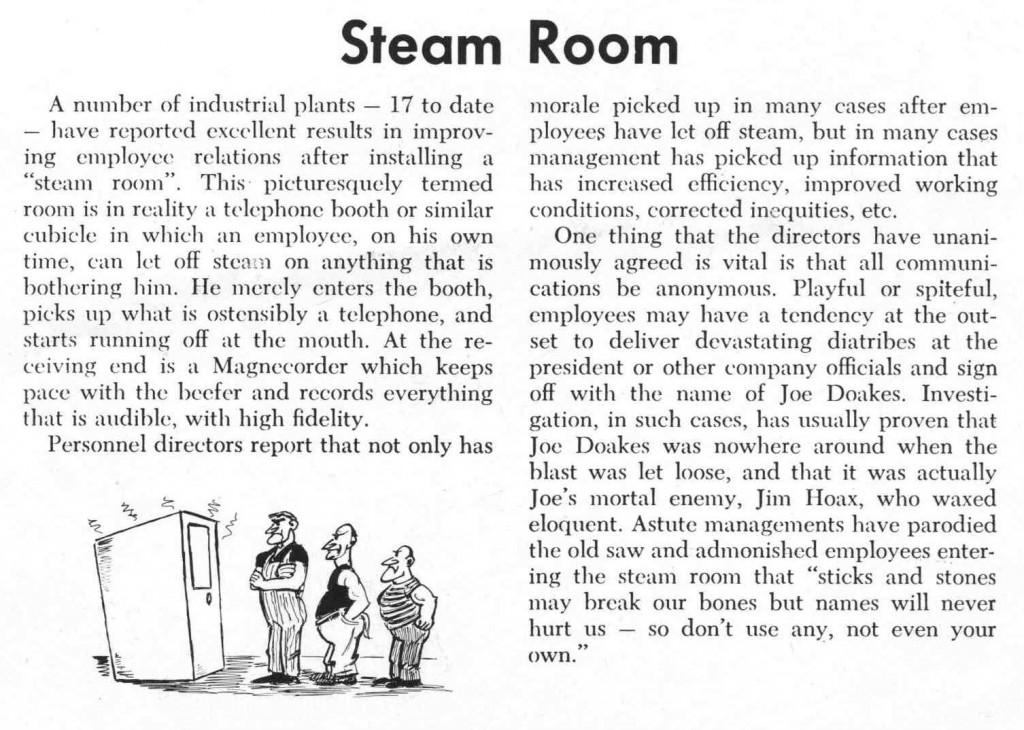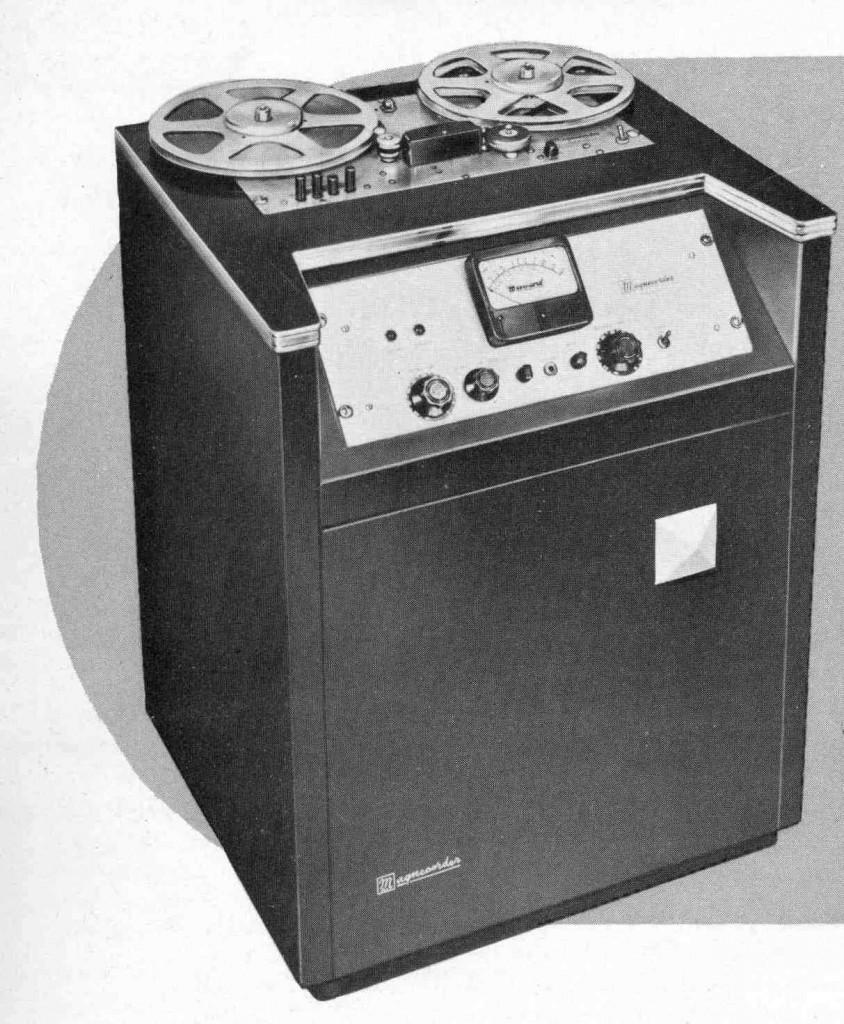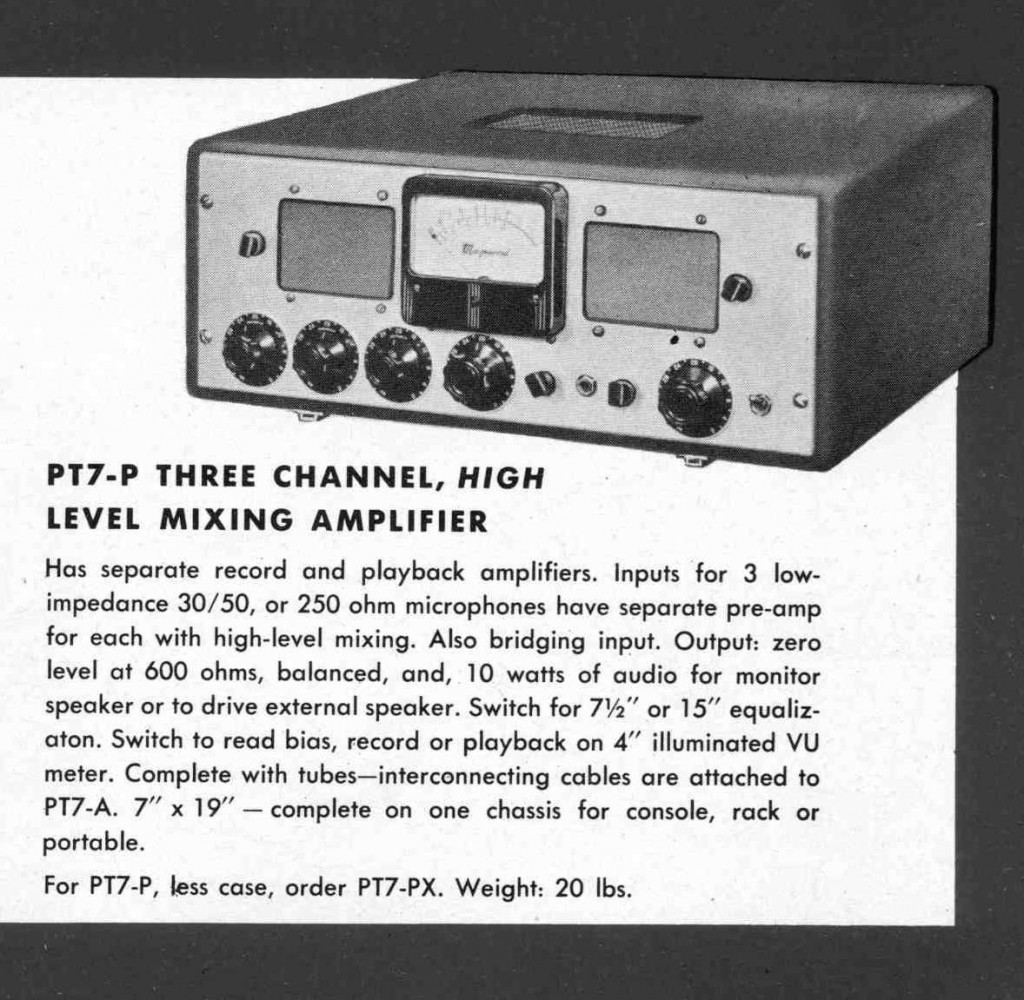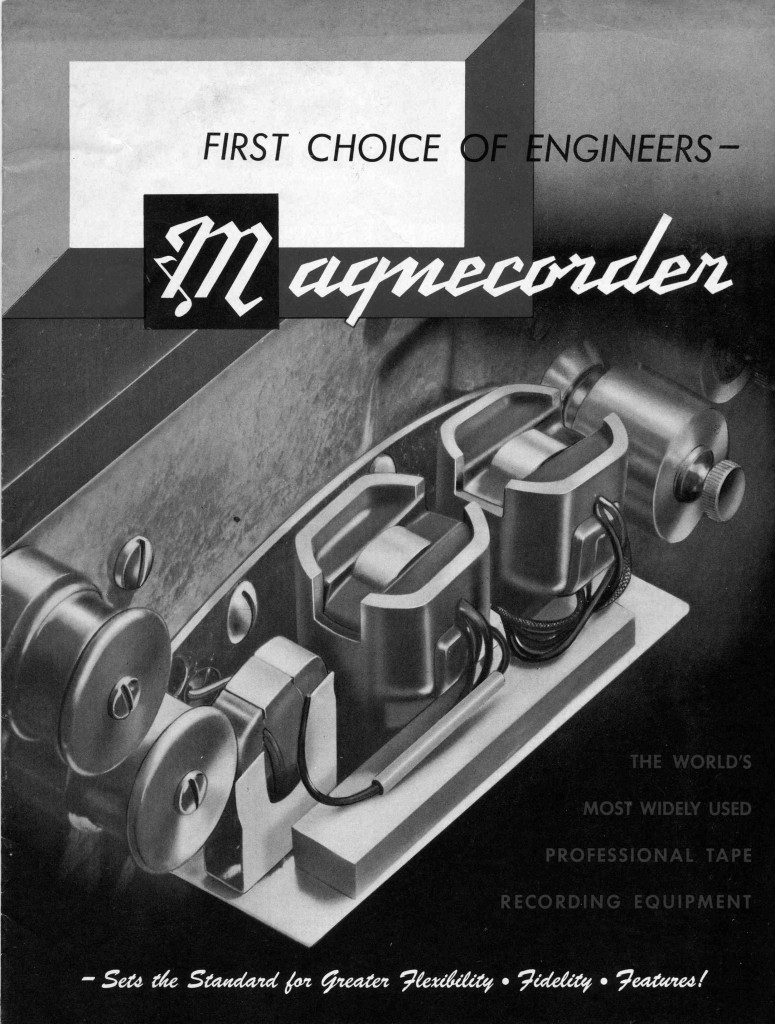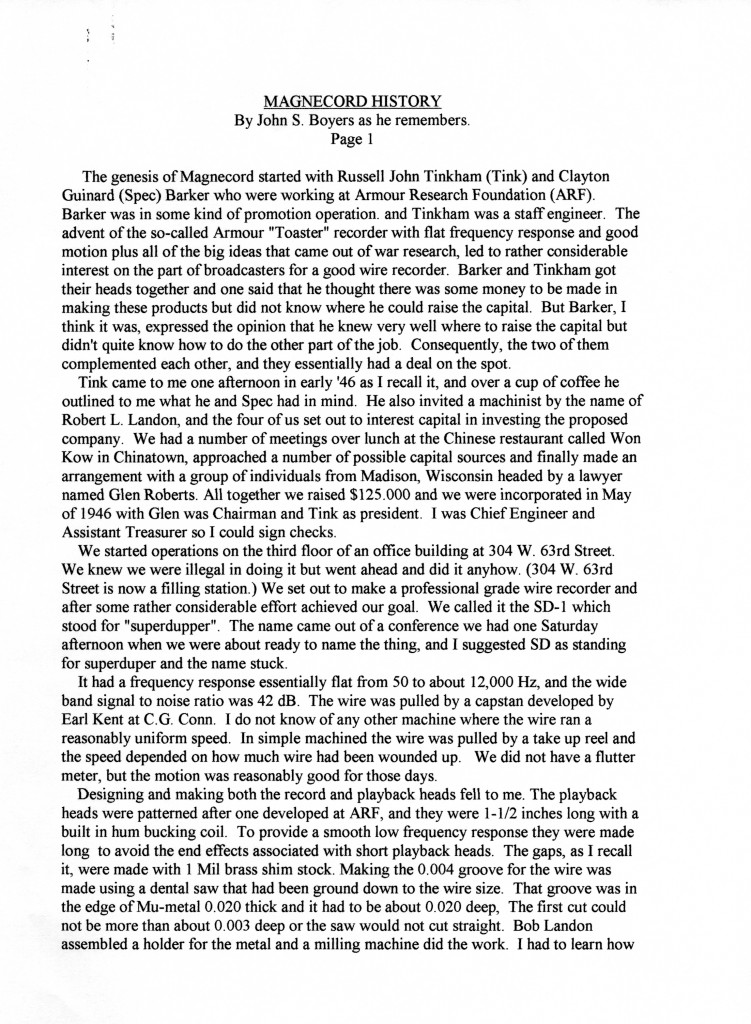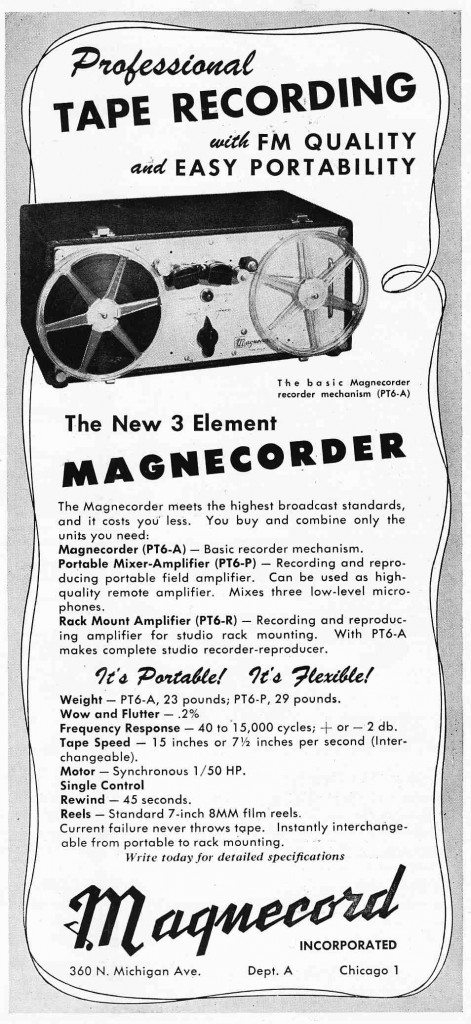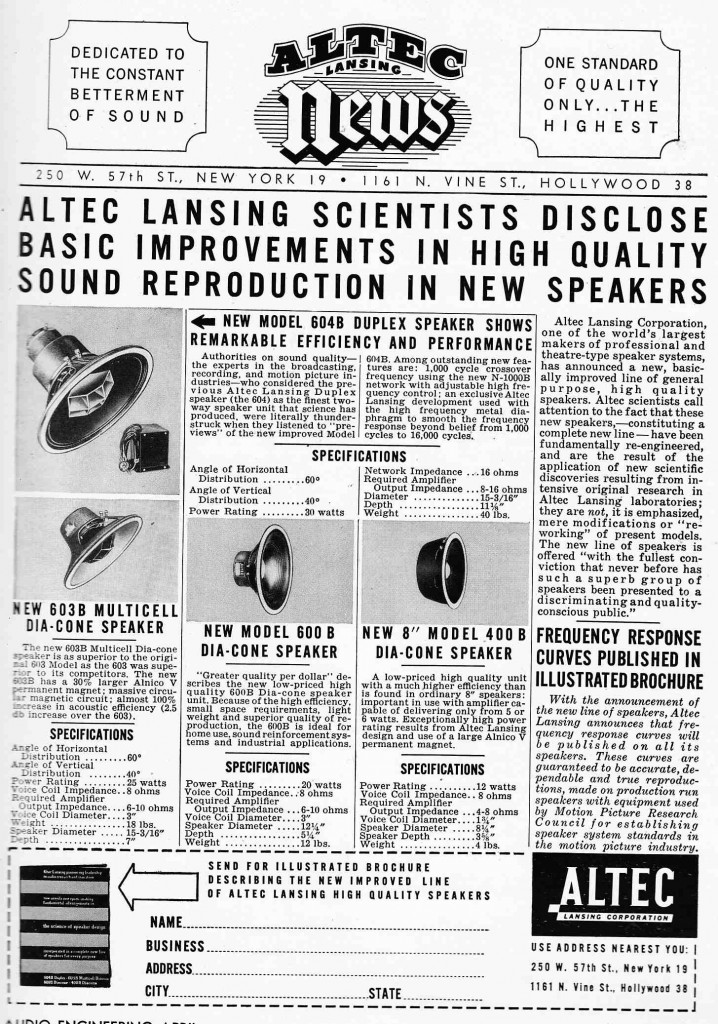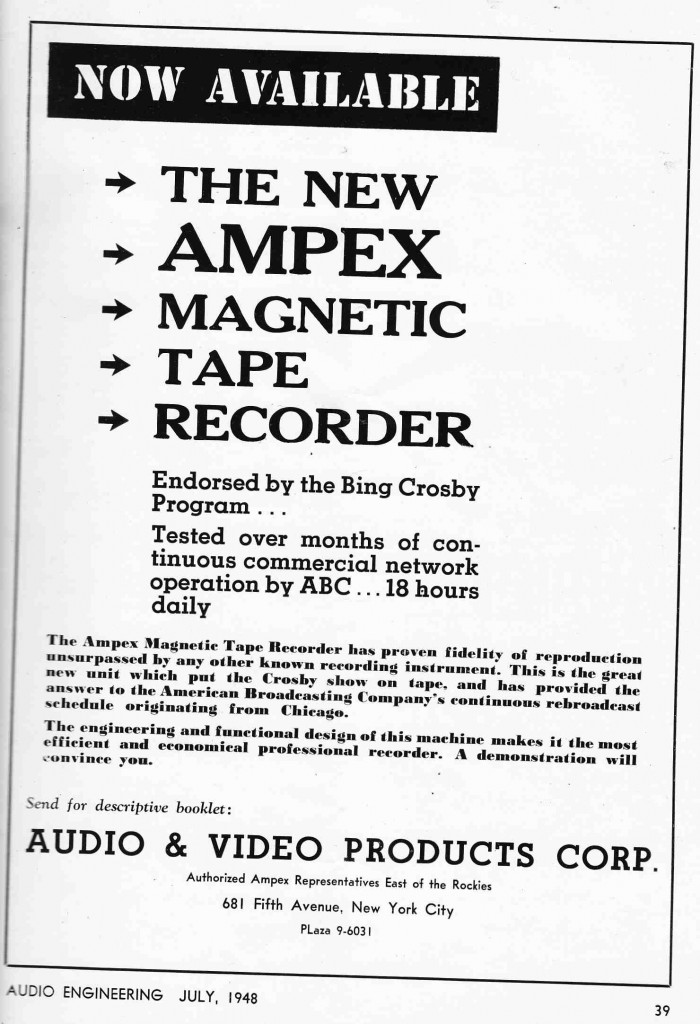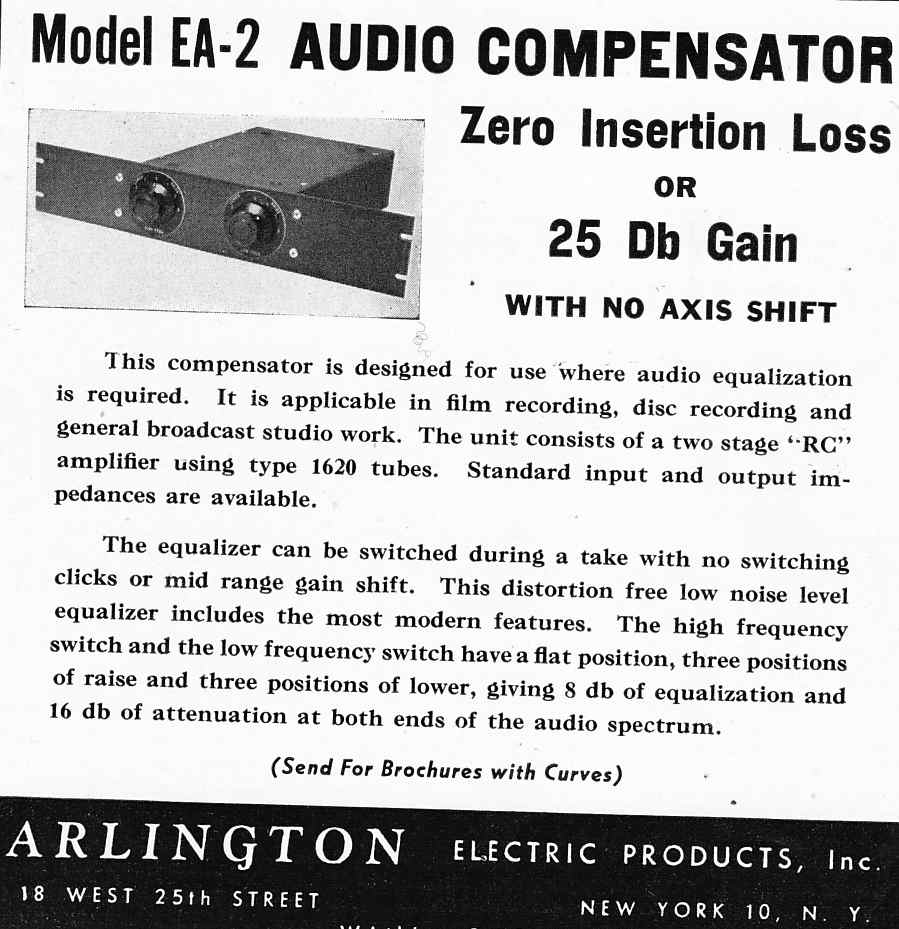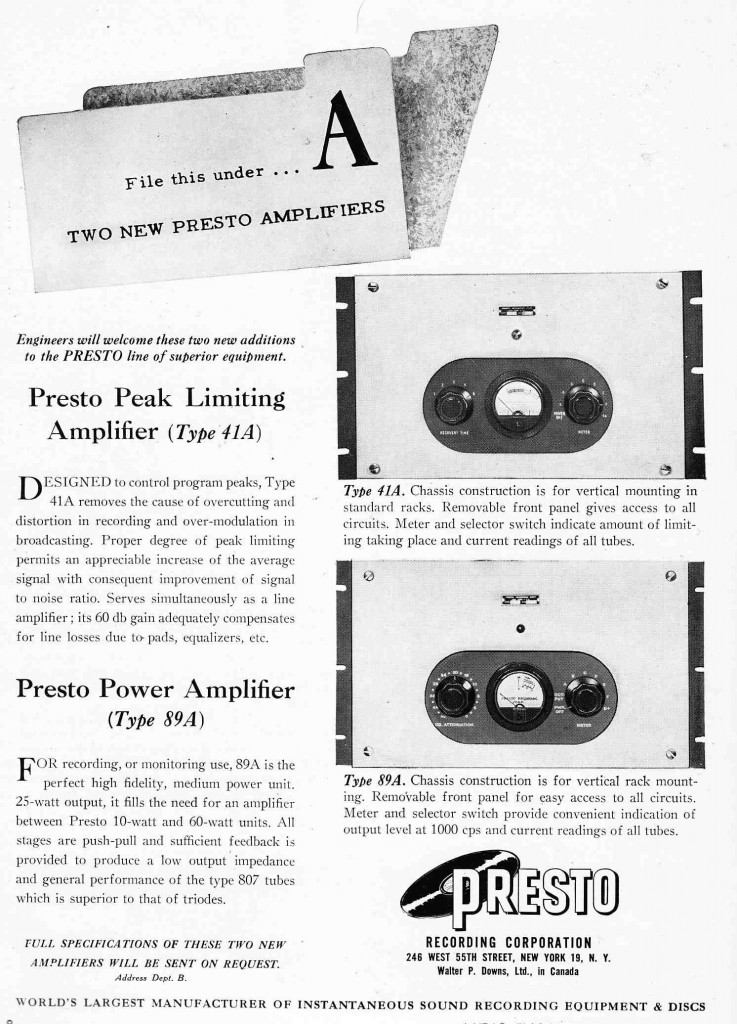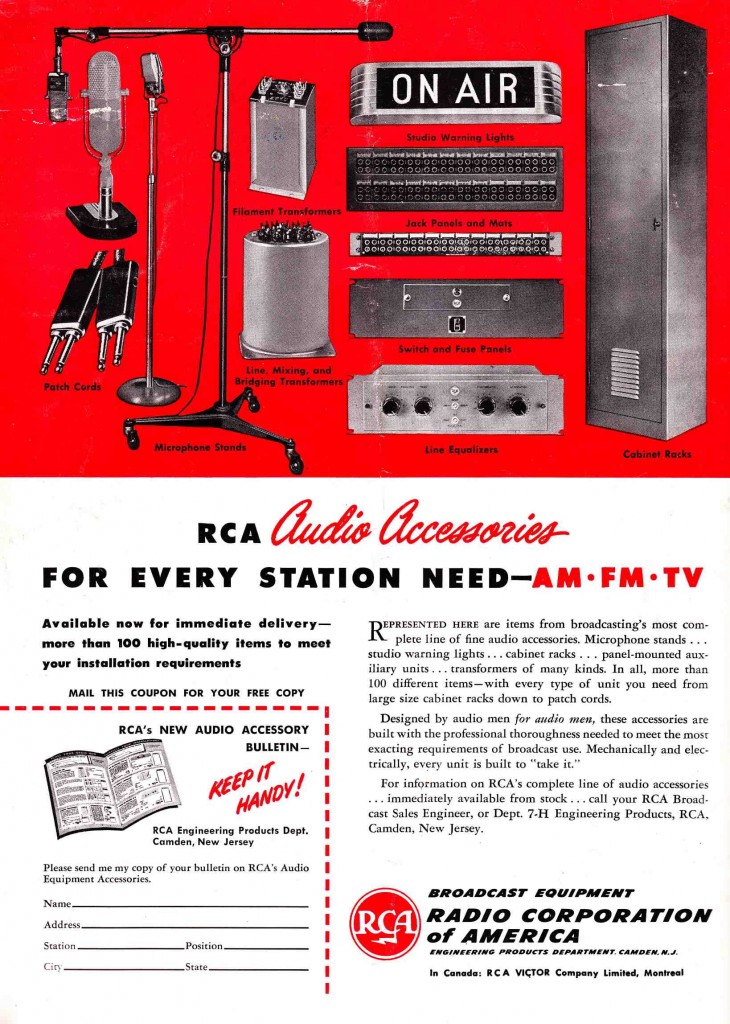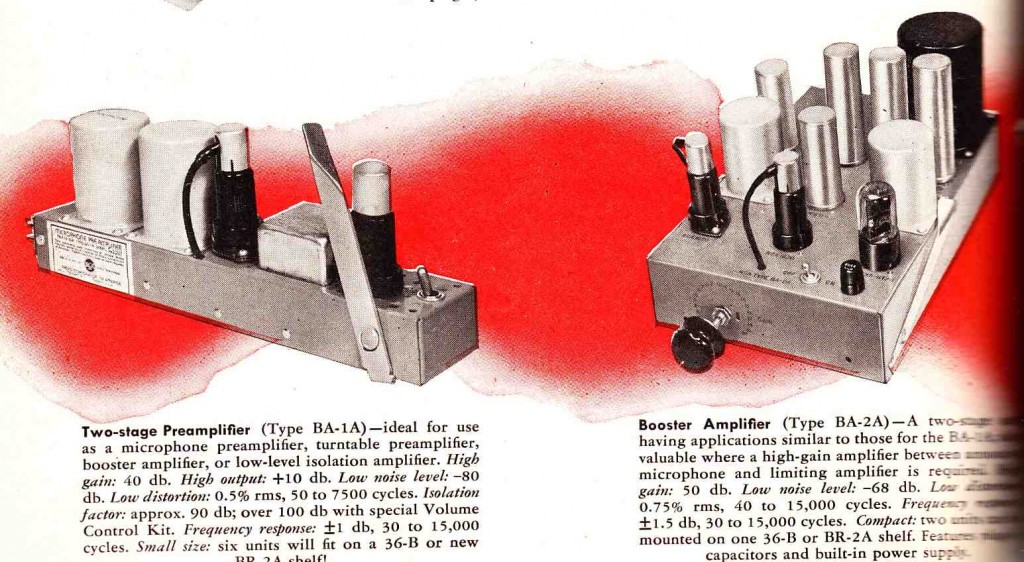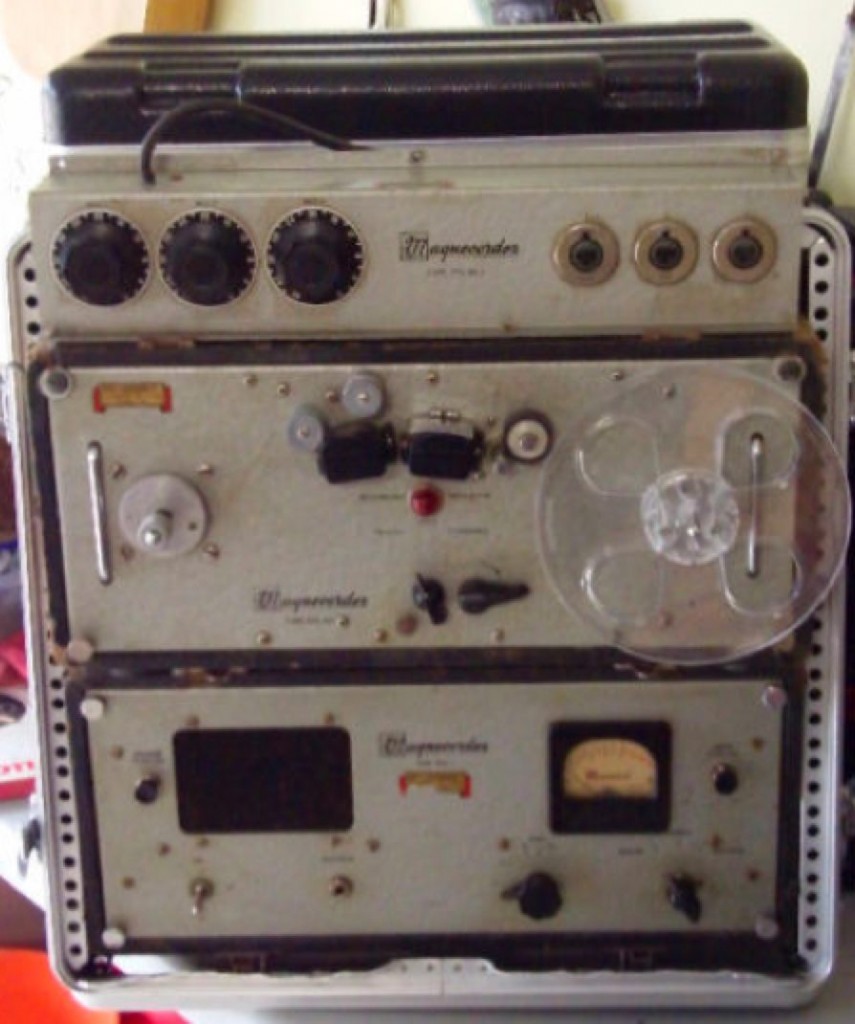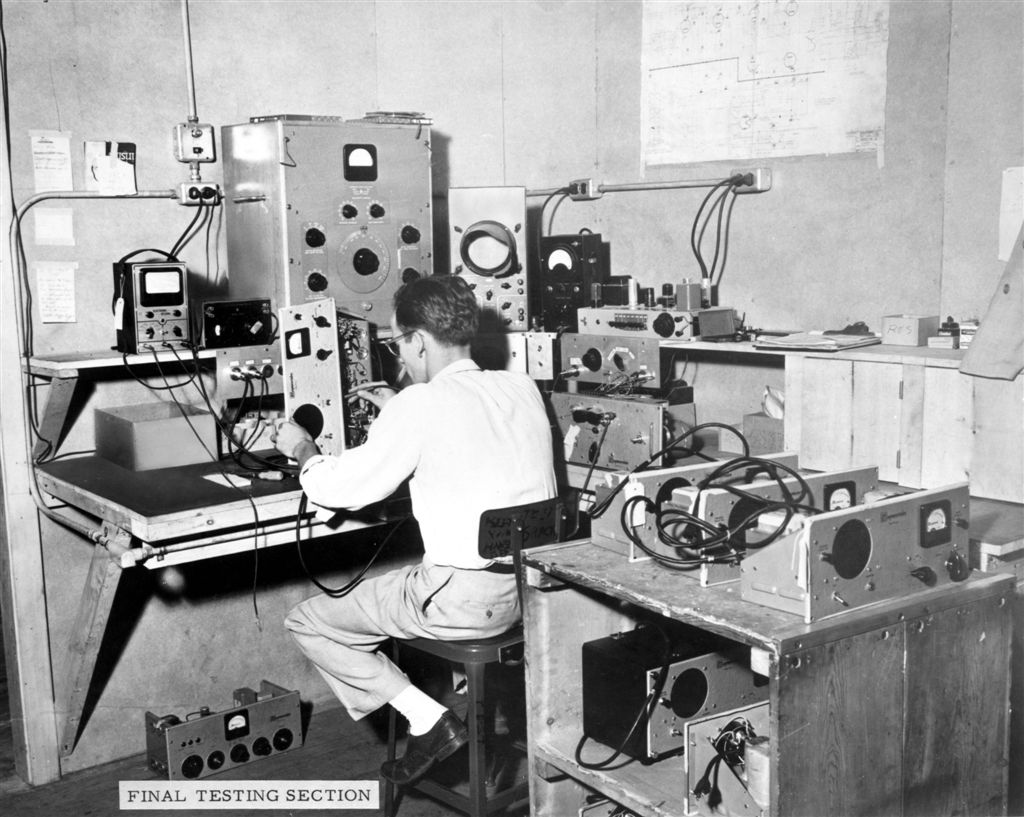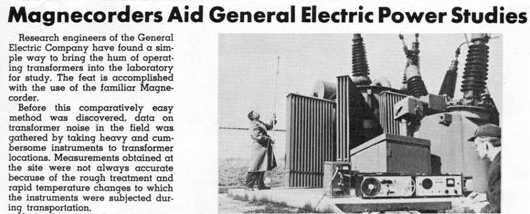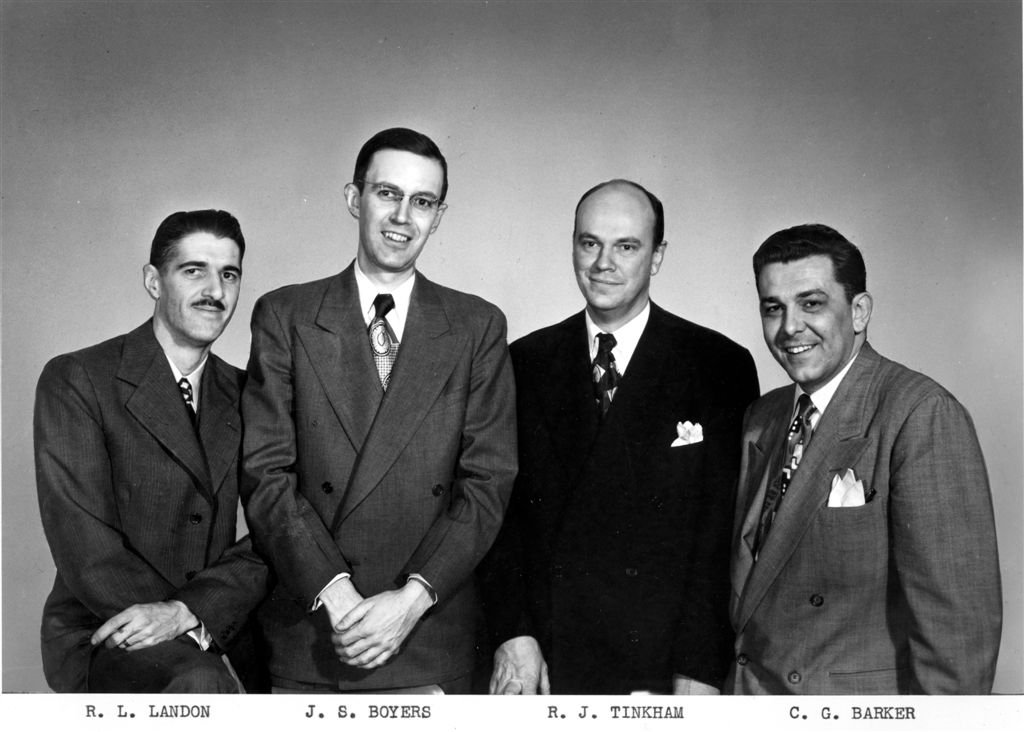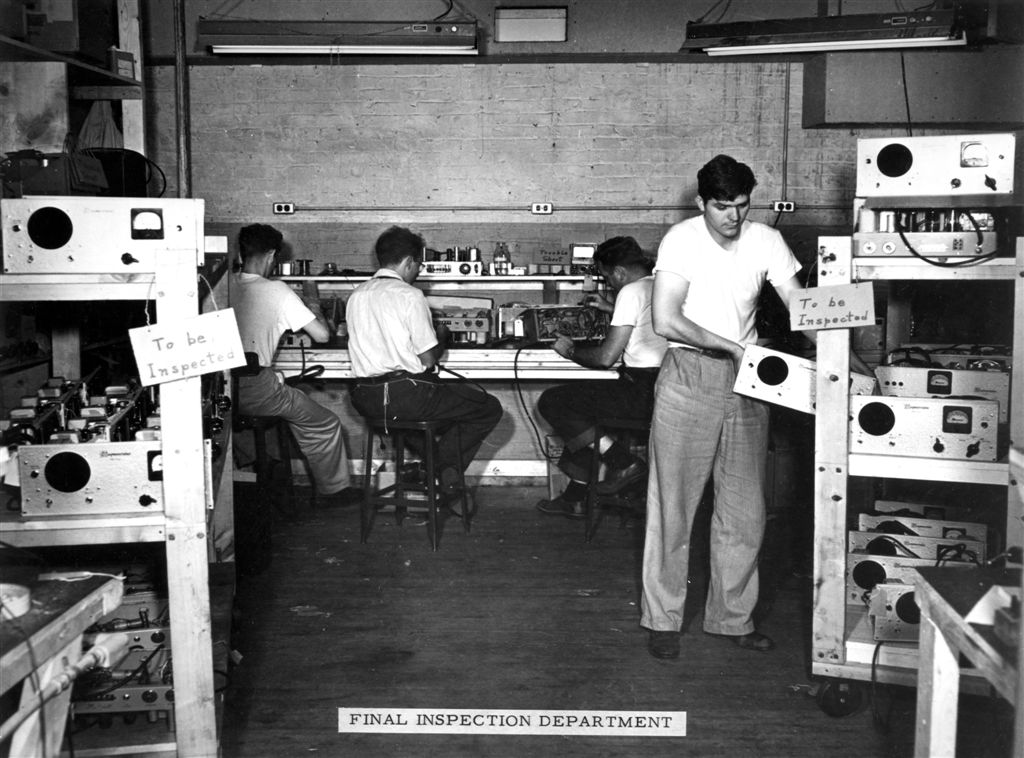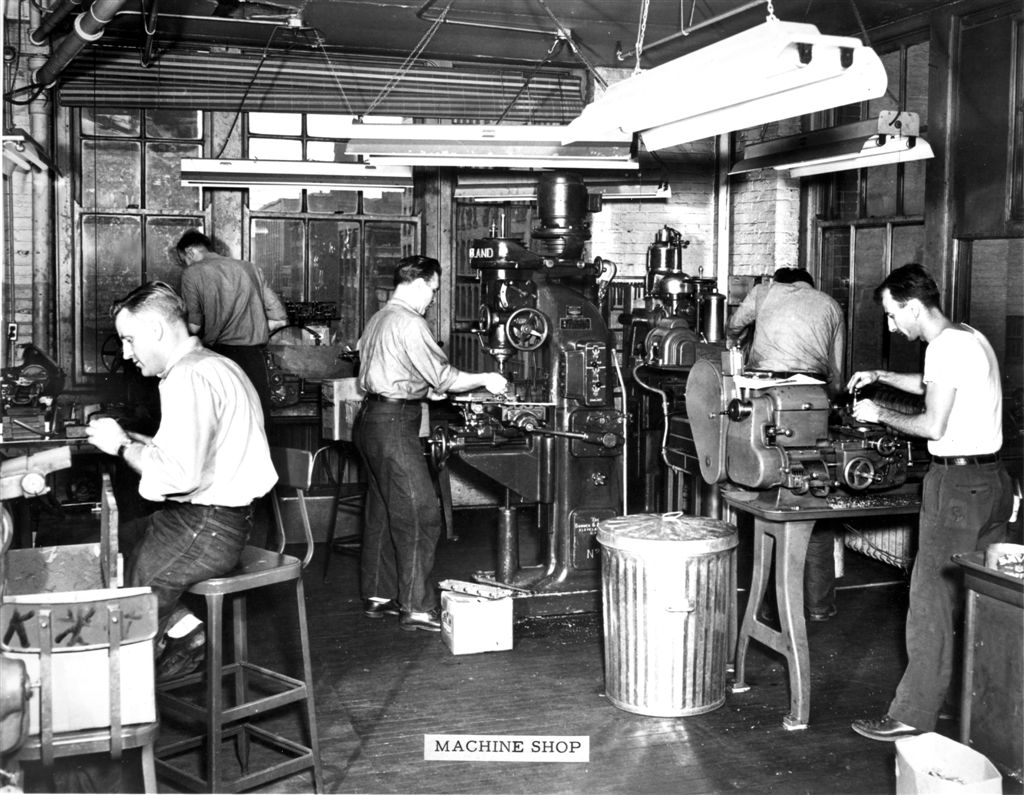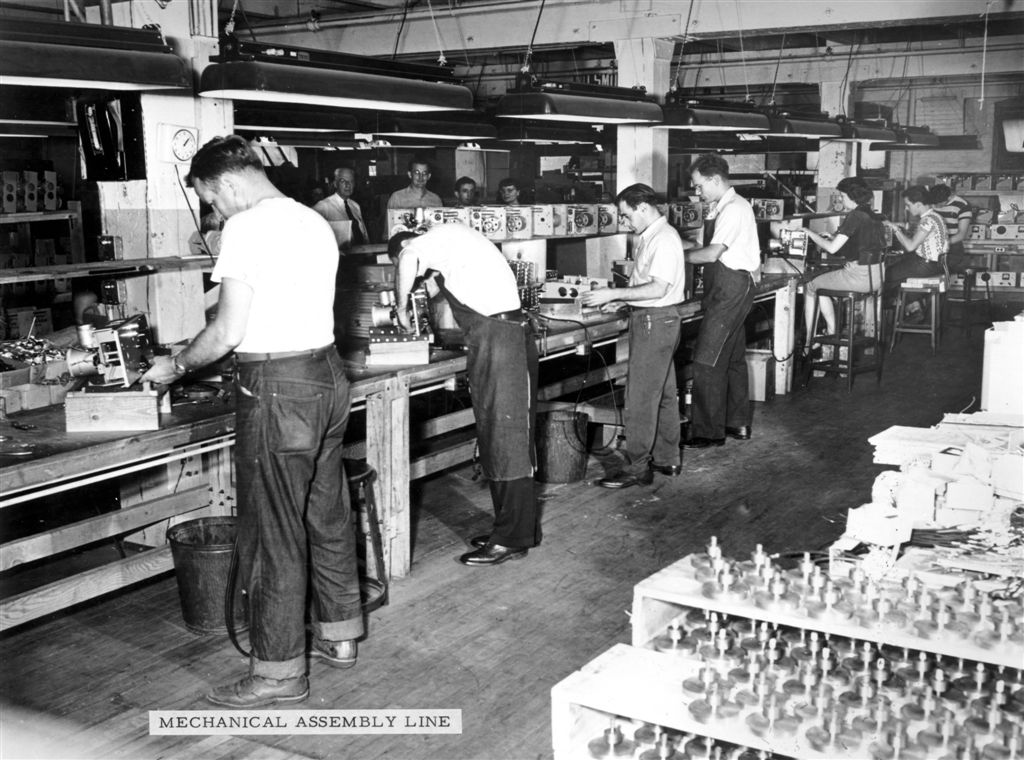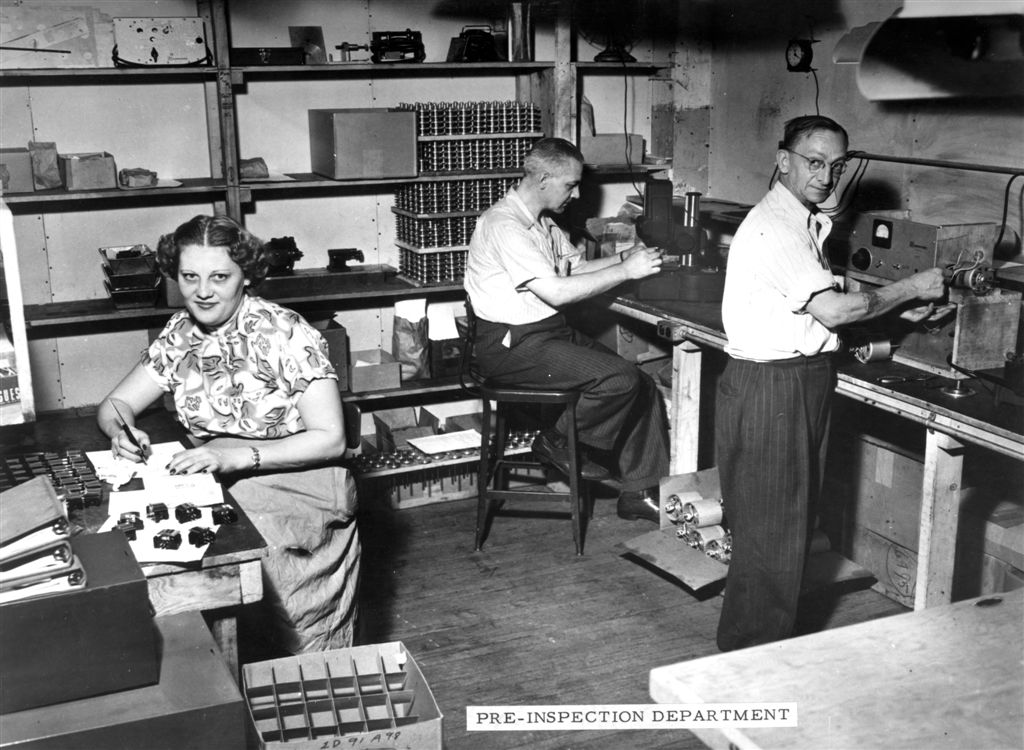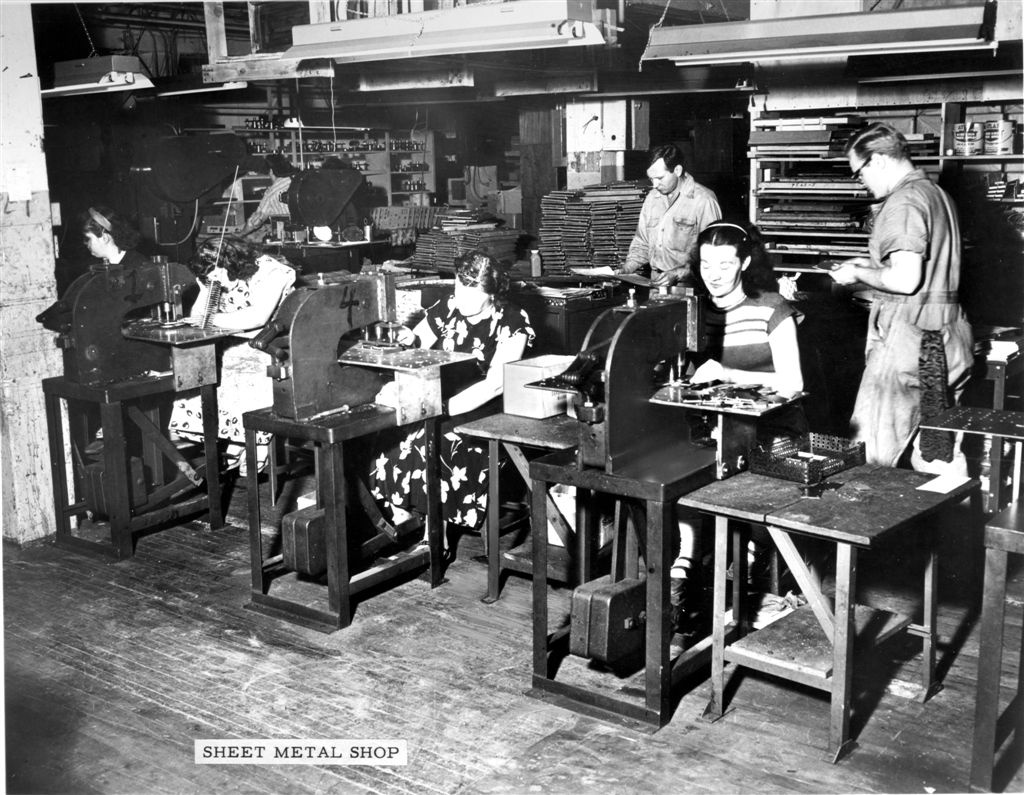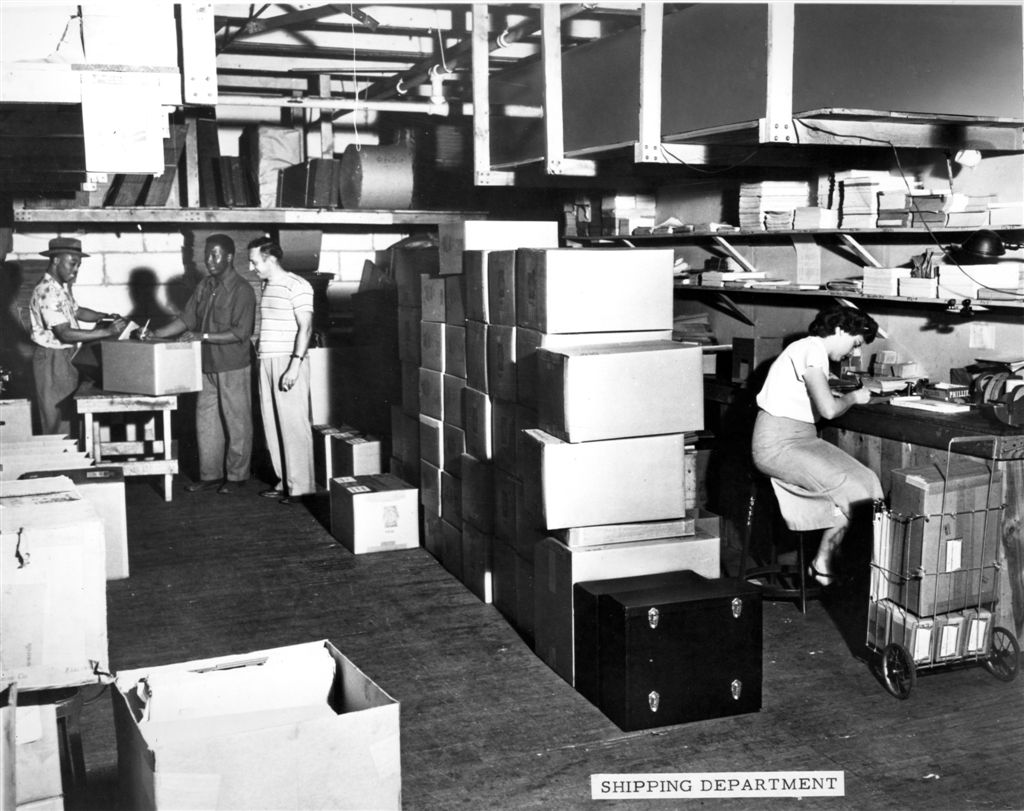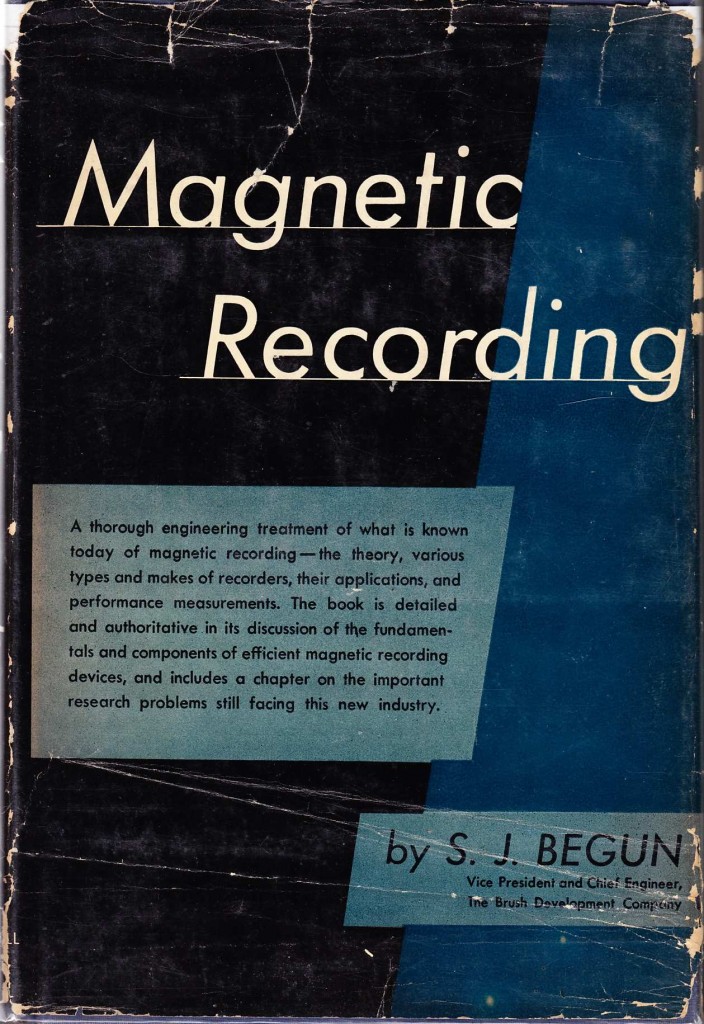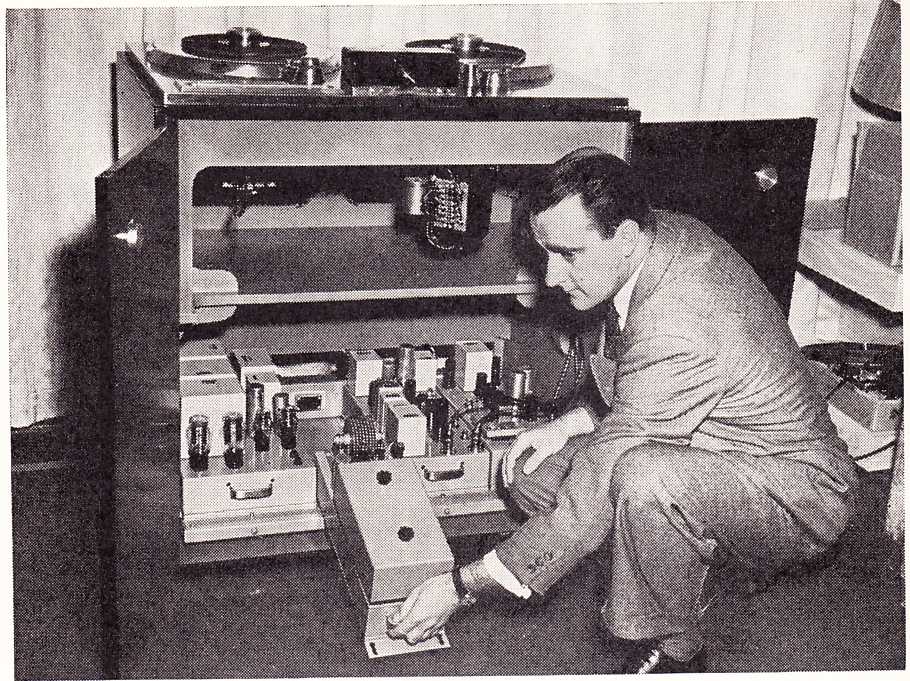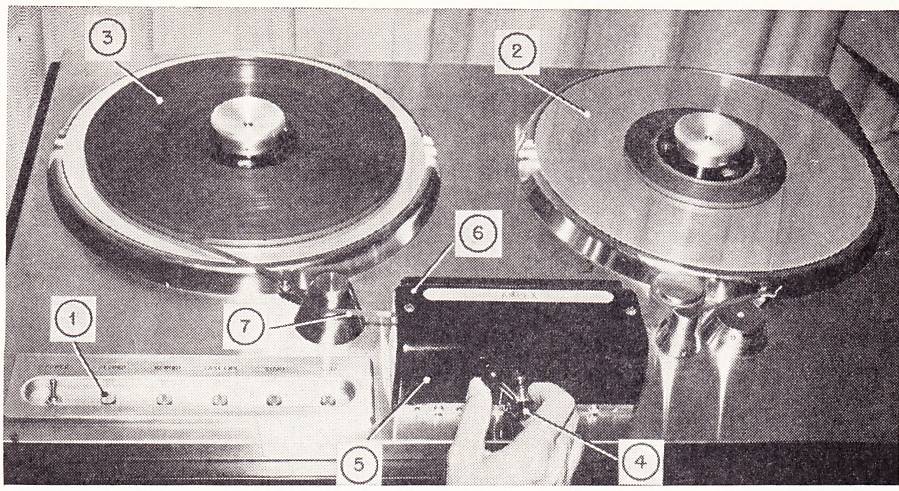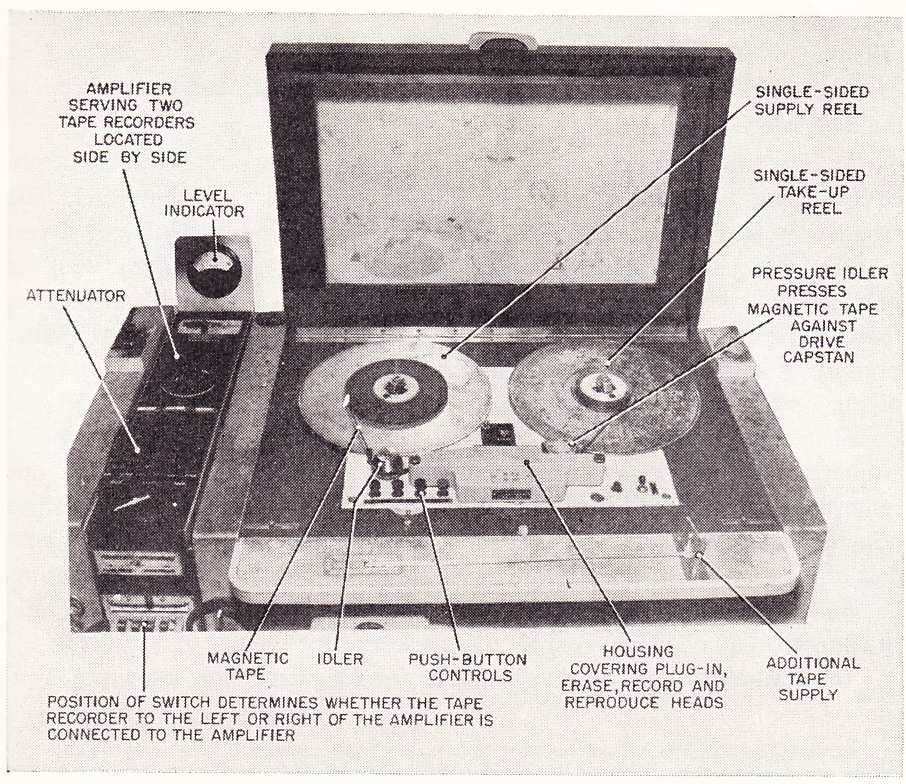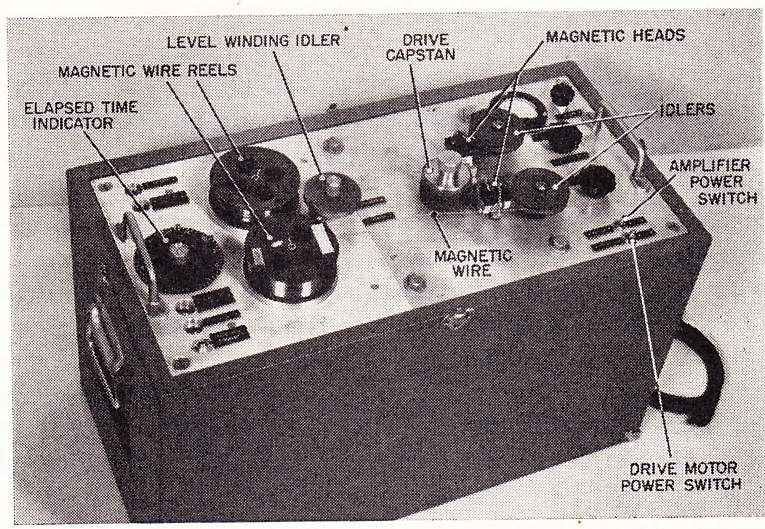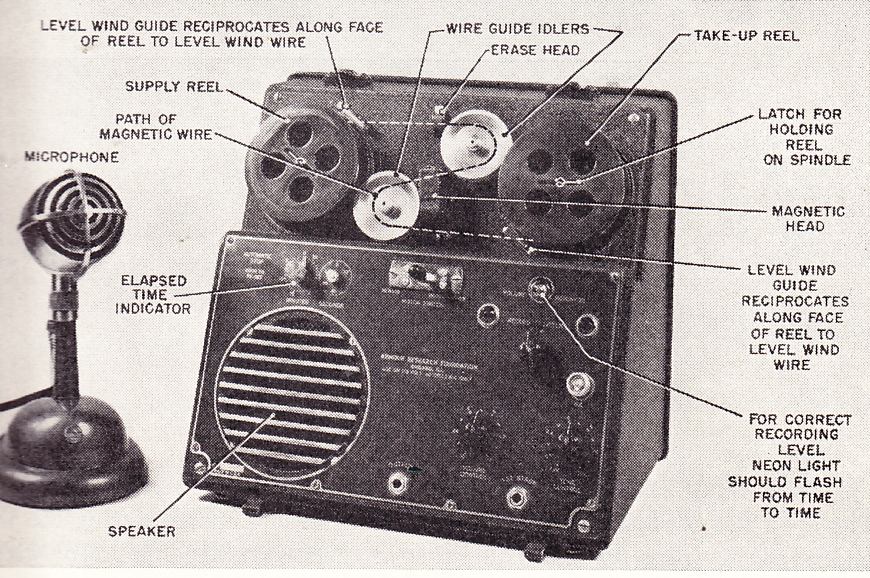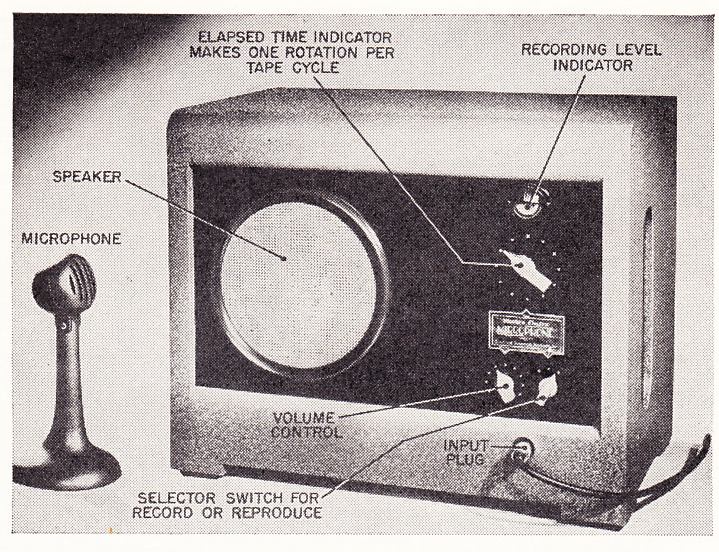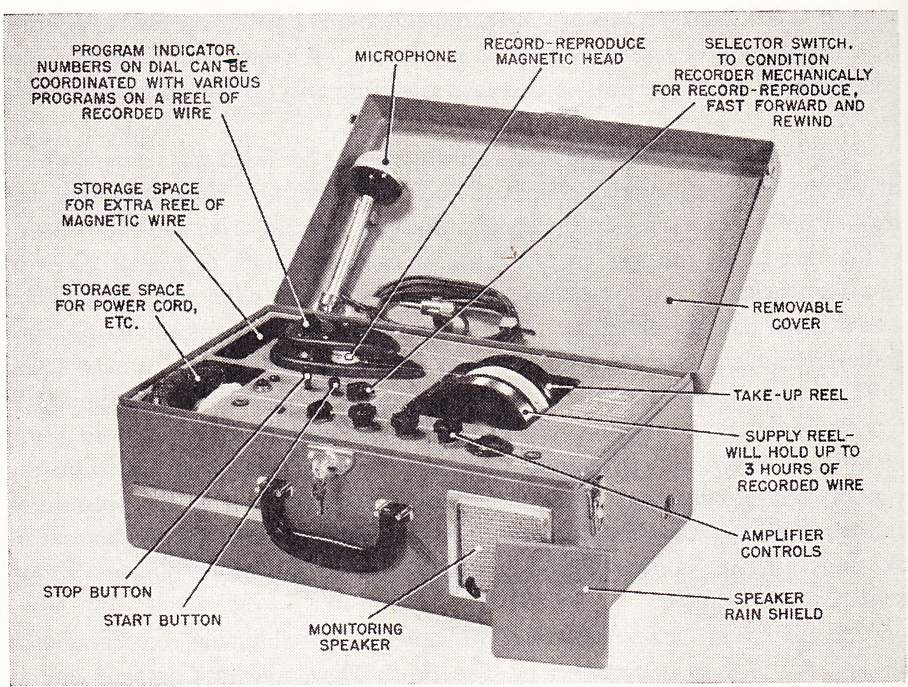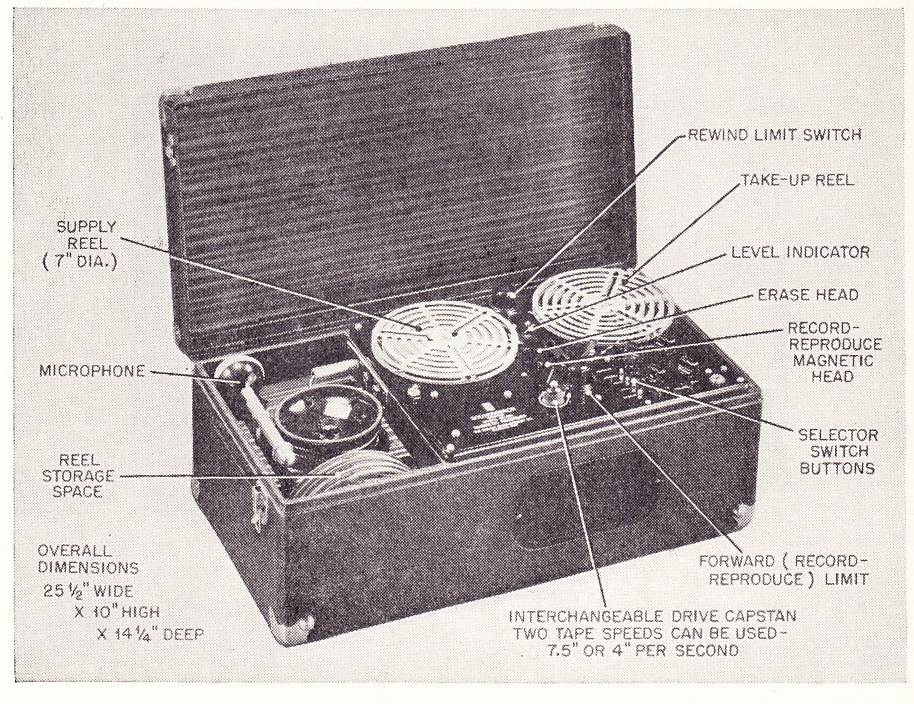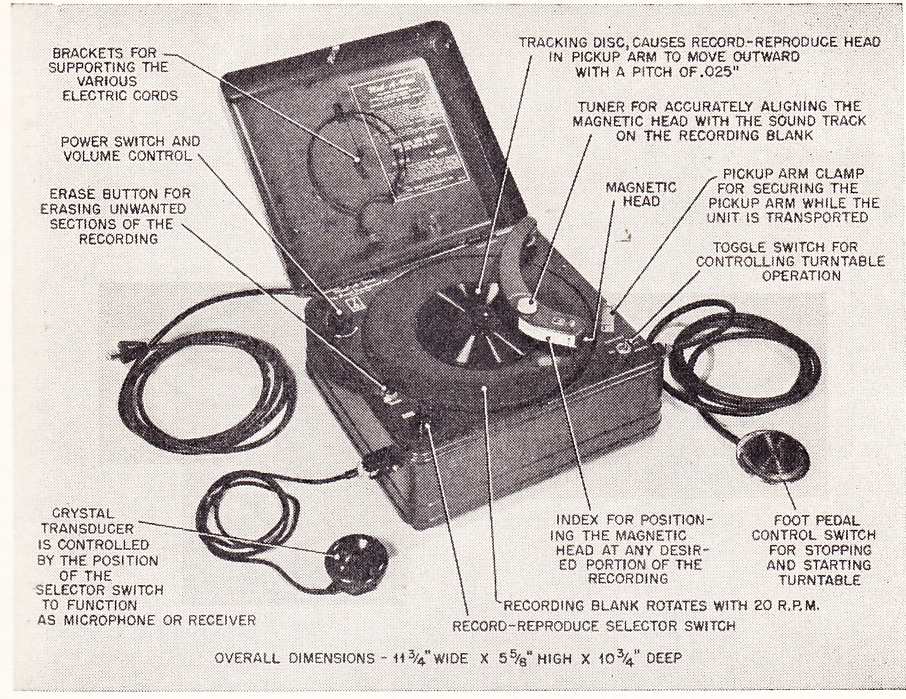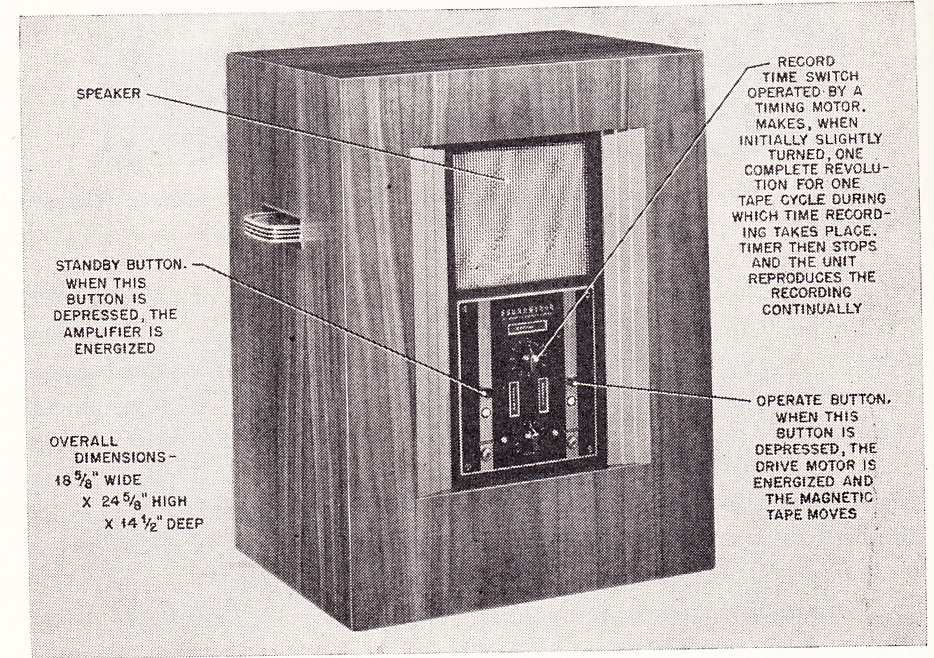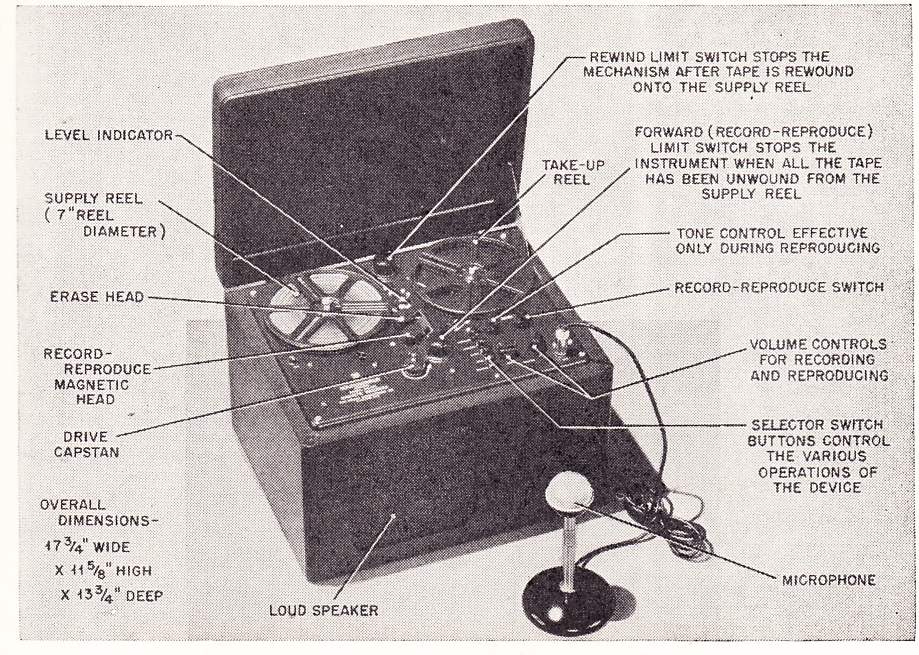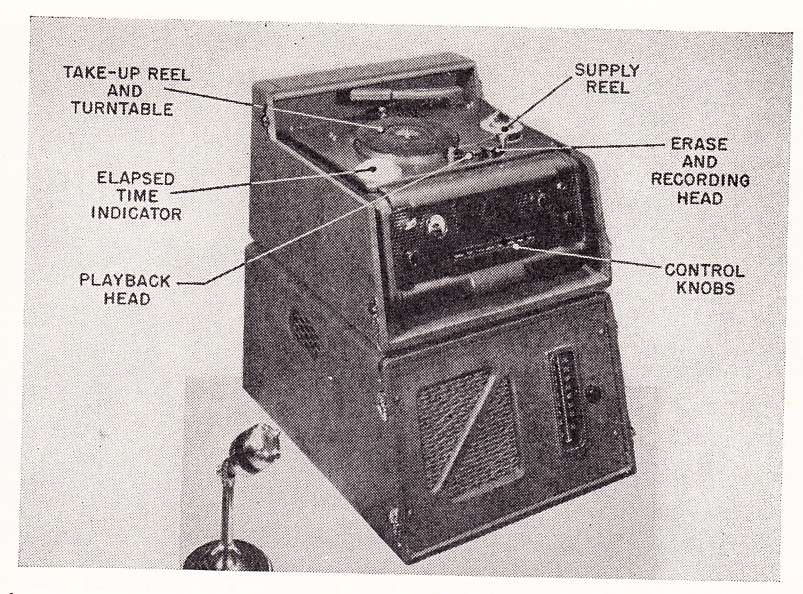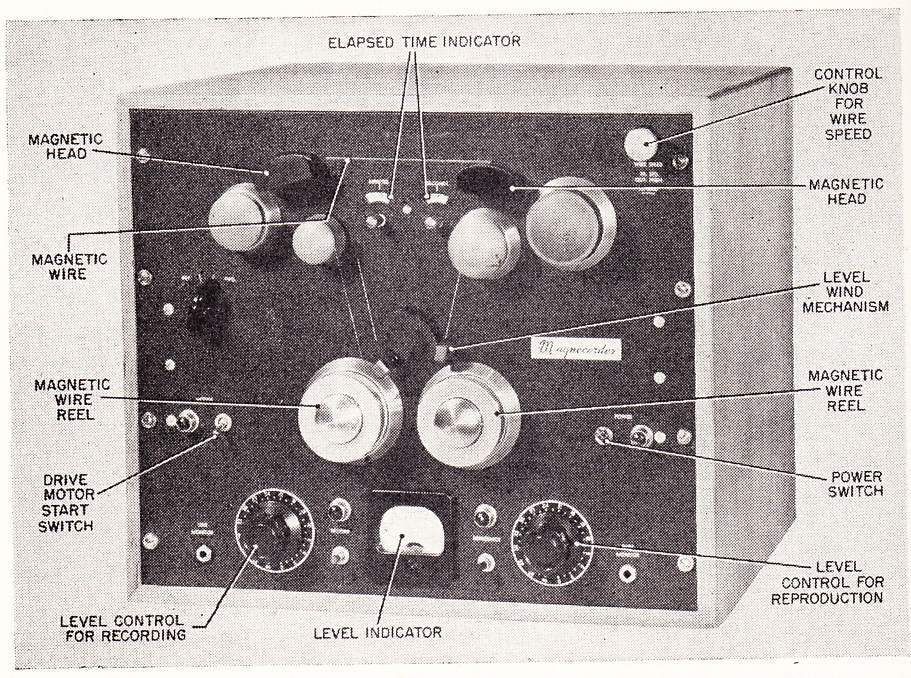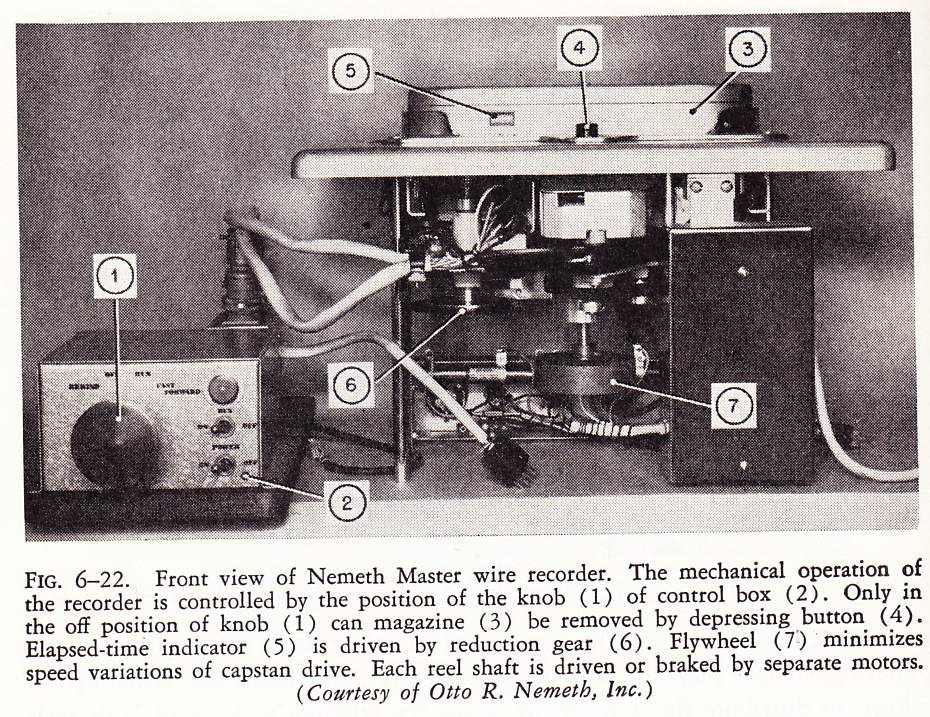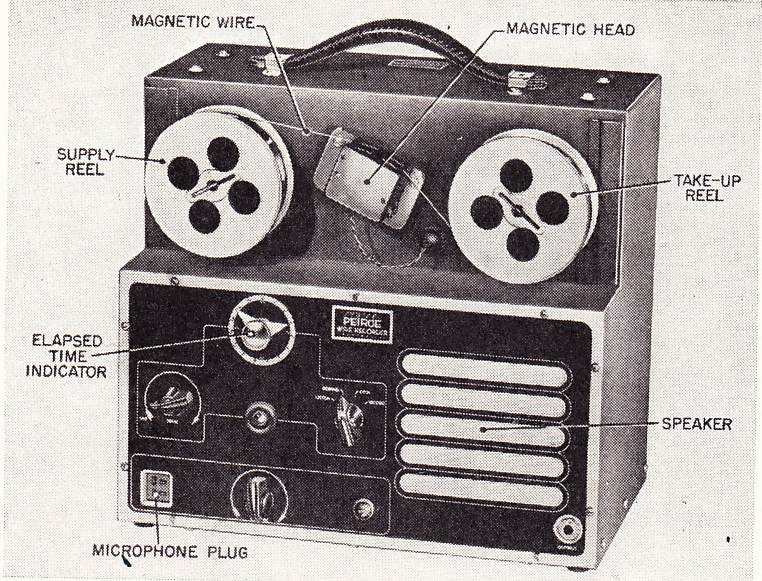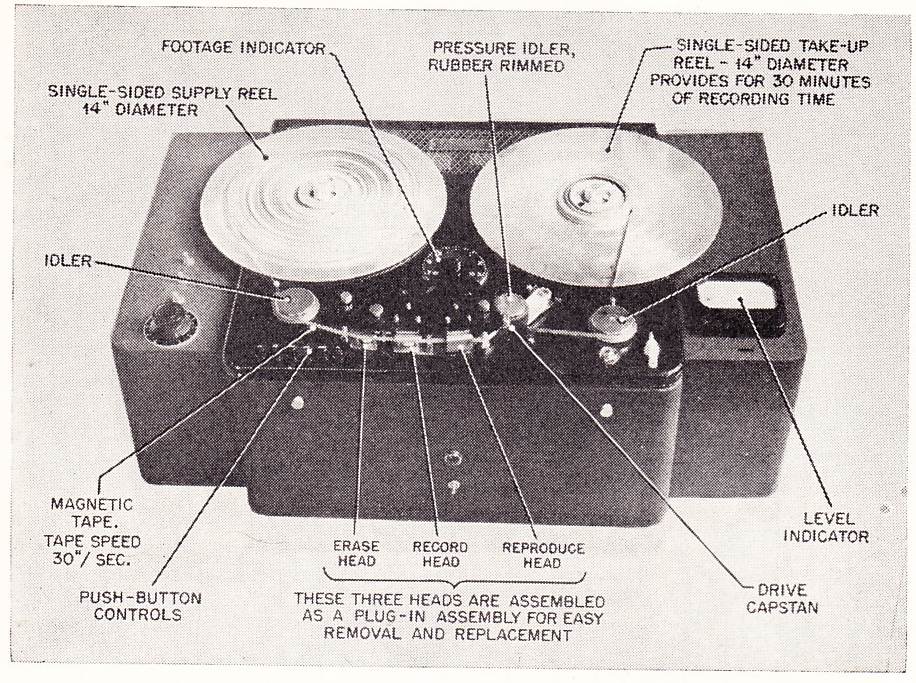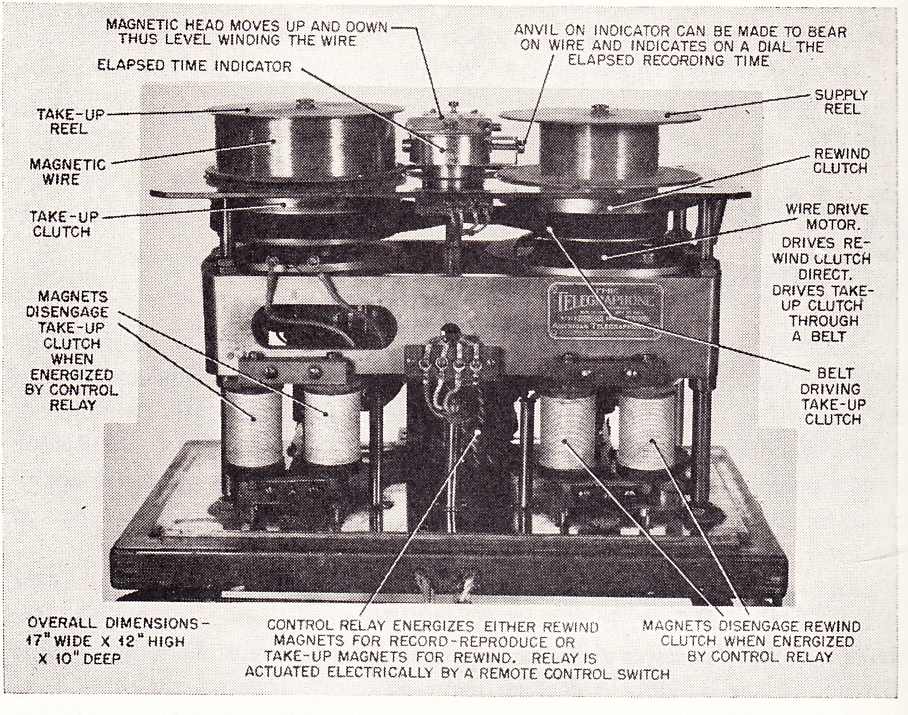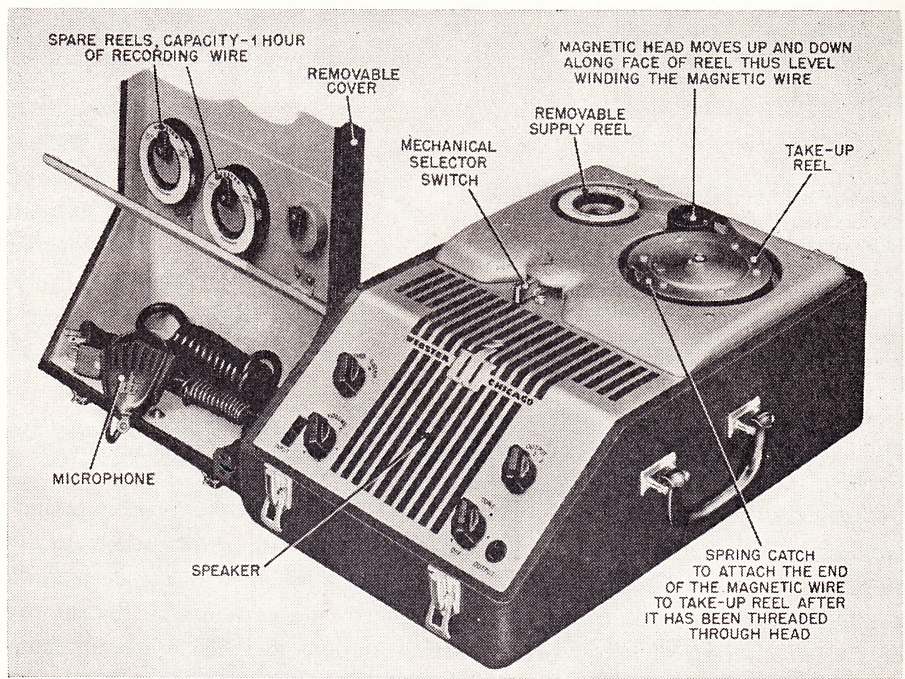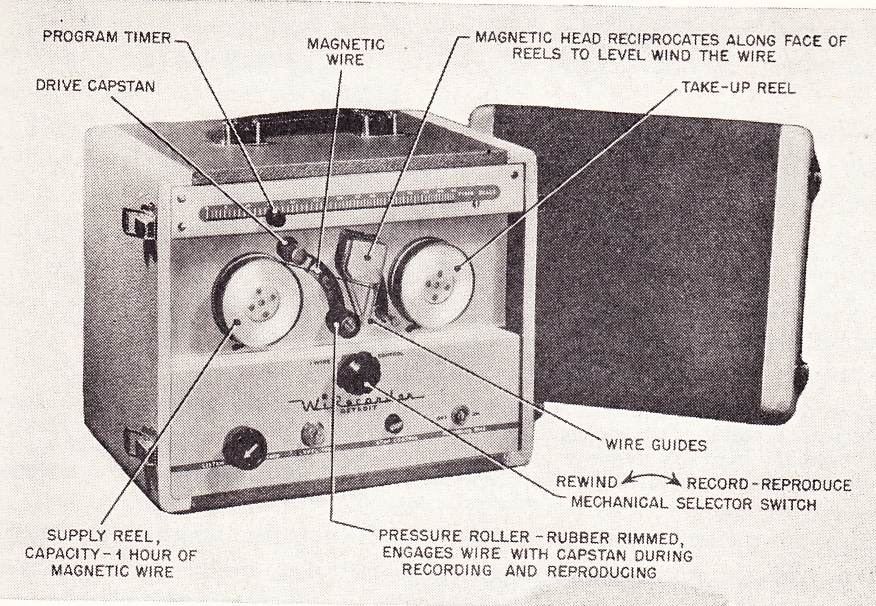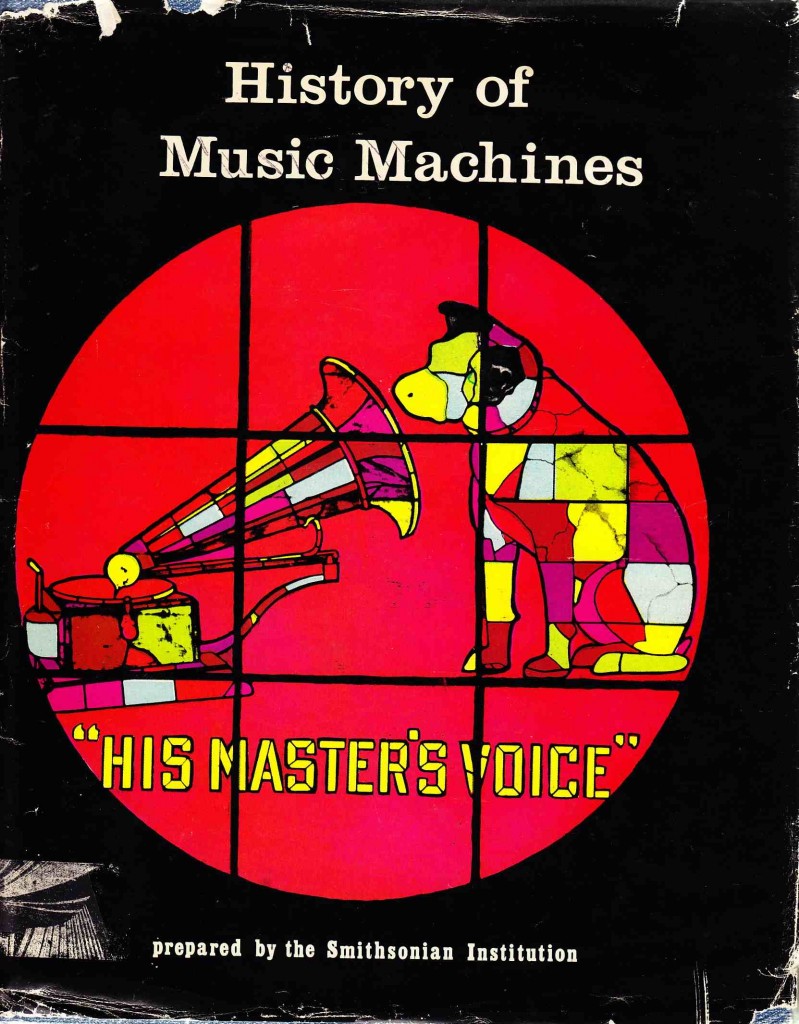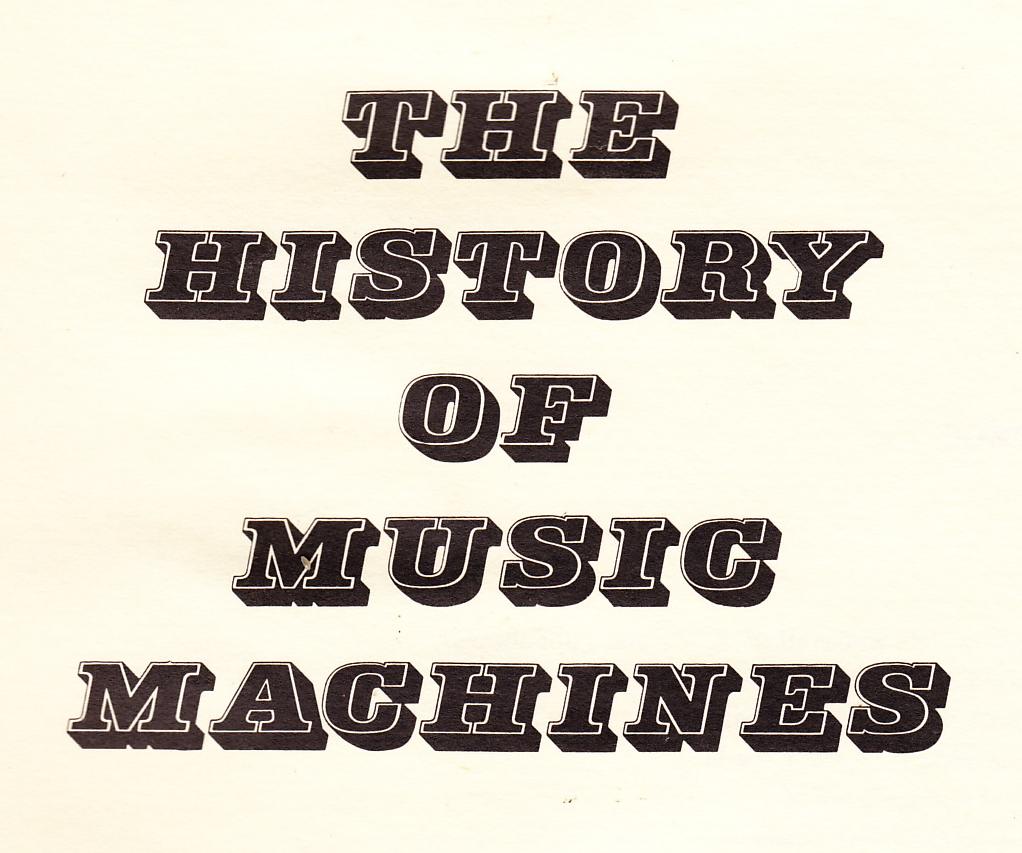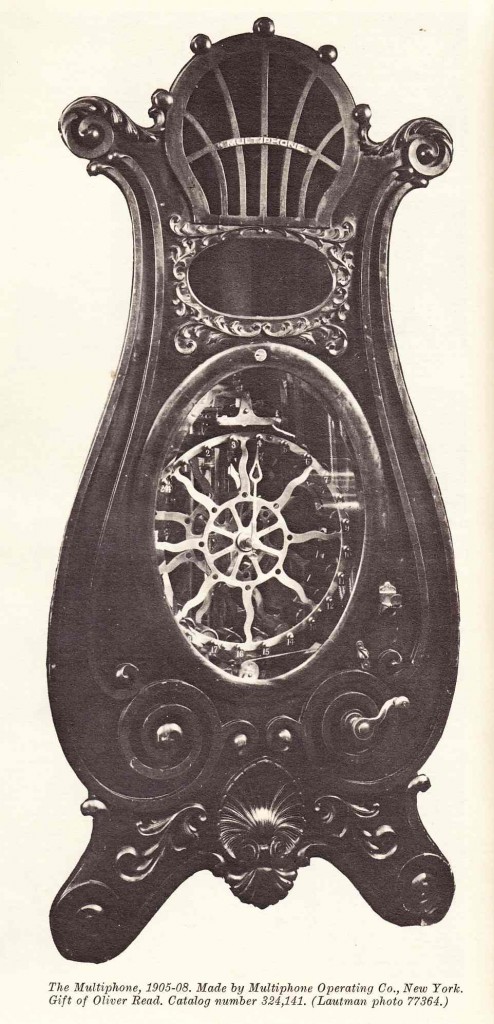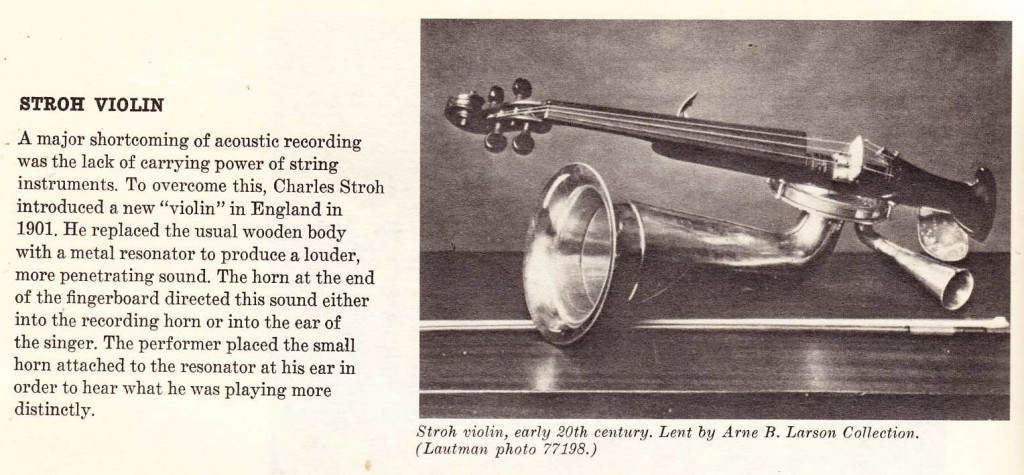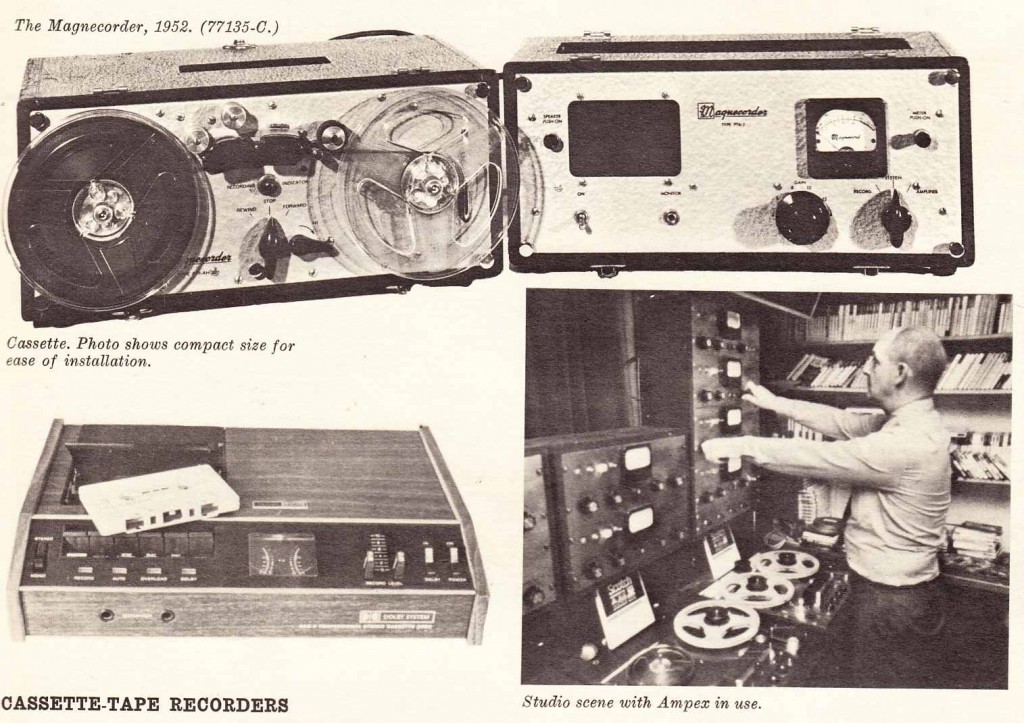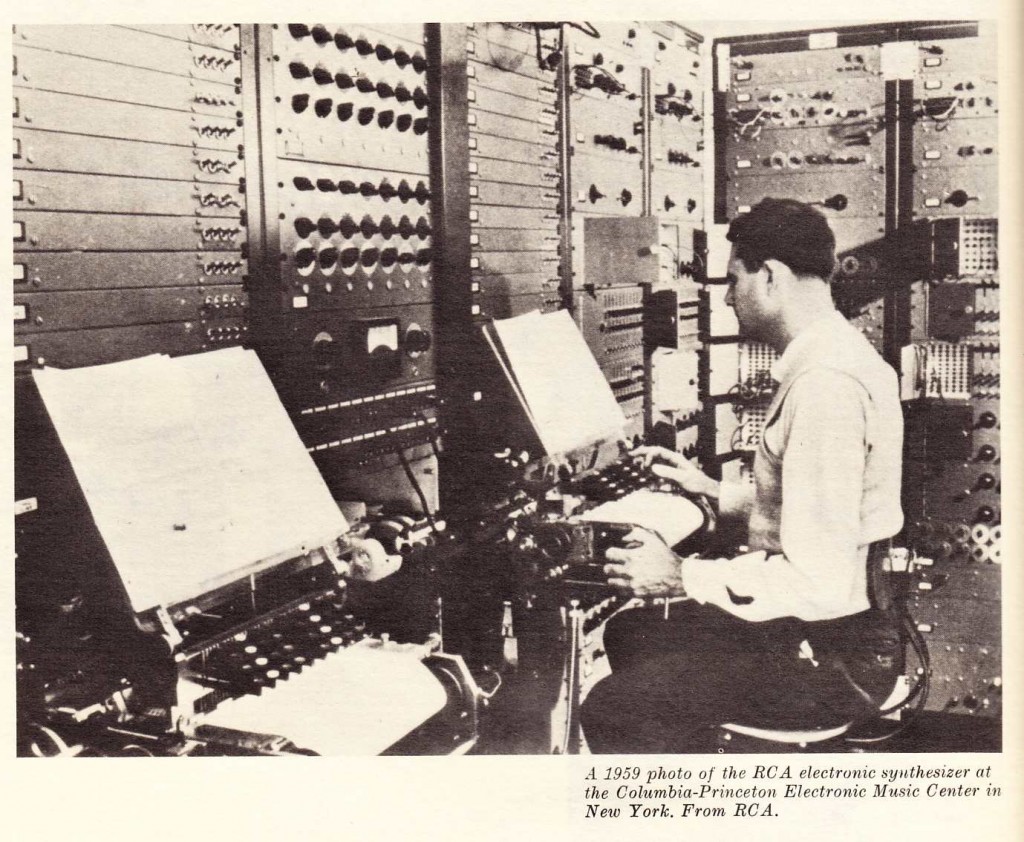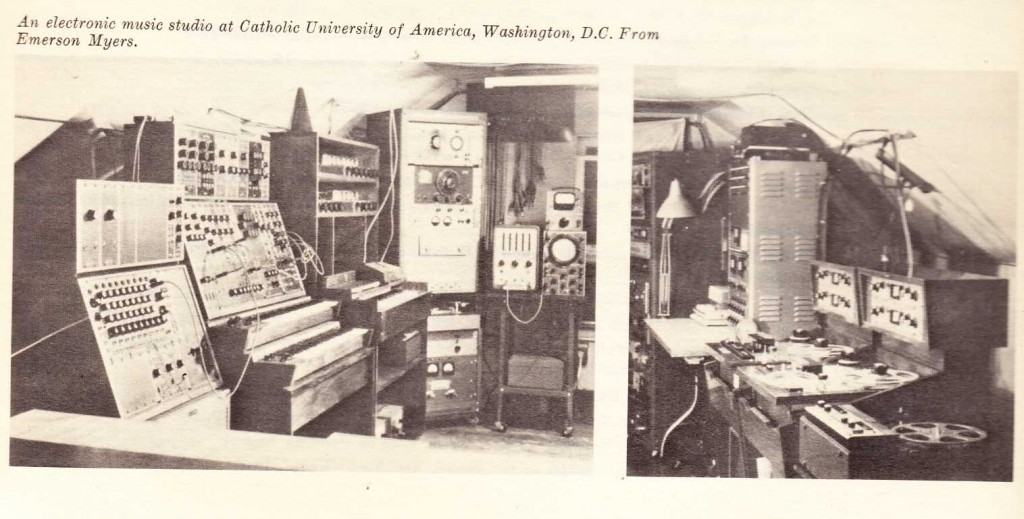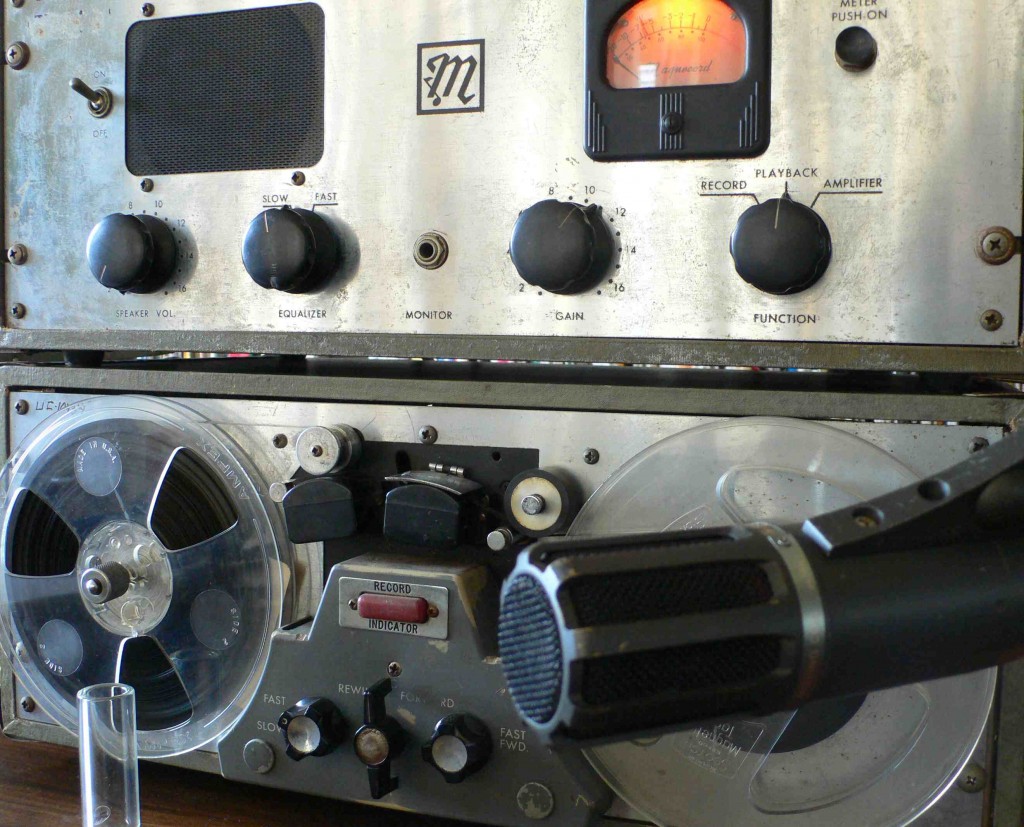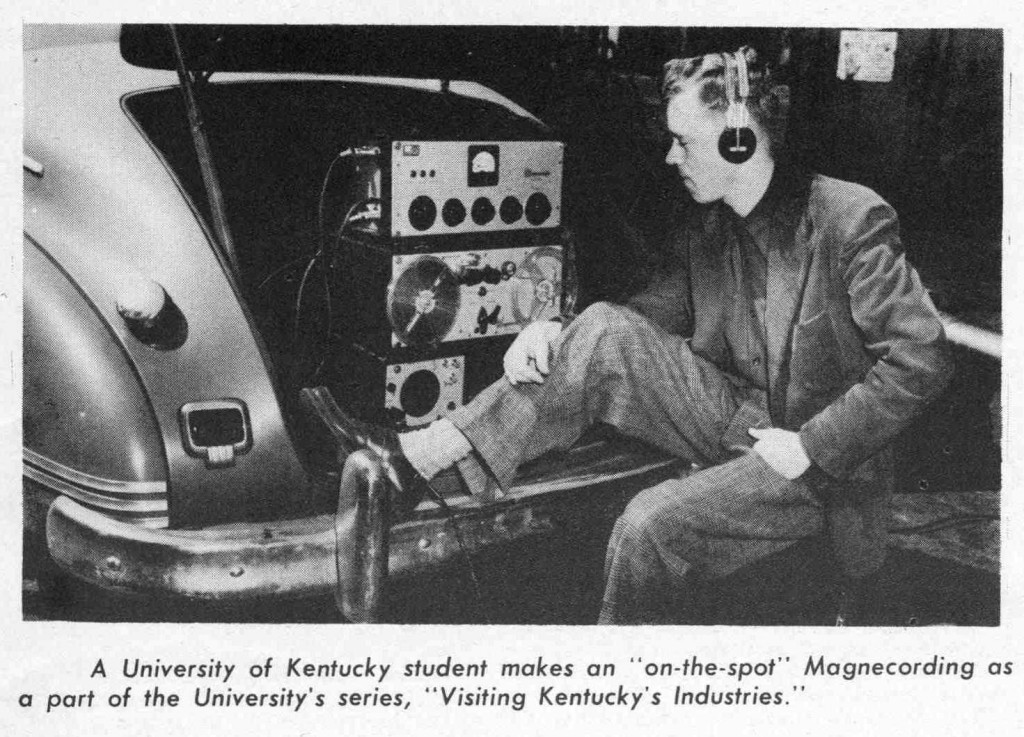 This week we’ll conclude our series of archival material courtesy of Magnecord founding partner John Boyers. John’s son D. graciously scanned every page of every available issue of the company publication “Magnecord INC,” which was published between 1950 and 1954.
This week we’ll conclude our series of archival material courtesy of Magnecord founding partner John Boyers. John’s son D. graciously scanned every page of every available issue of the company publication “Magnecord INC,” which was published between 1950 and 1954.
If anyone out there has any issues that we are missing, please chime in and let’s figure out a way to get them online. Magnecord was a crucial developer of tape-recording and pro-audio hardware whose contributions have been largely forgotten in the modern era. I use a Magnecord PT6 at our studio Gold Coast Recorders to make the occasional ‘old-time’ recording and it’s a testament to the skill of engineers like Mr. Boyers that the machine still works great SIXTY years after it rolled out the Chicago plant.
The ‘Magnecord INC’ publications are fascinating because they reveal the dawn of the high-fidelity audio-recording age. Remember that these (and certain of the AMPEX machines of the era) were portable audio-recorders with 40hz- 15kz frequency response. These facts opened up world of possibility for audio capture. Reading through these old issue of “Magnecord INC” opens the door to a time when the world was first figuring out all of the things that could be done with a portable machine that could capture and playback sound to the near-limits of human hearing ability. Many of the then-novel tape-recording tasks described in these publications may seem mundane; but many are surprising and quite odd applications which never really caught on past a few enthusiastic early-experimenters.
Without further ado, here are the issue from 1950. More to follow tomorrow. Download and enjoy.
